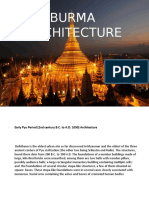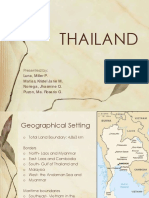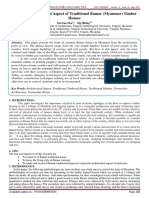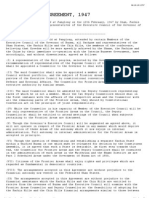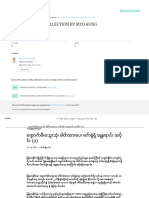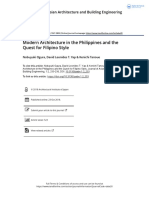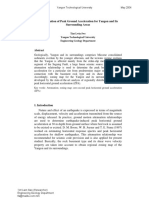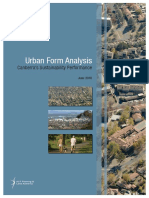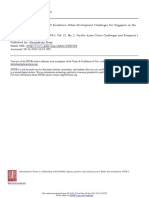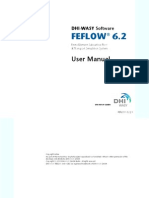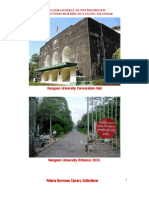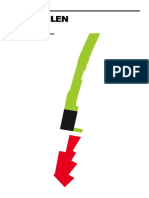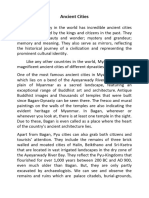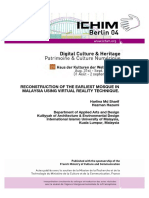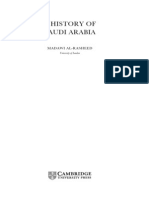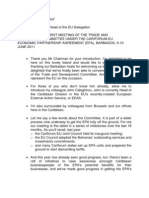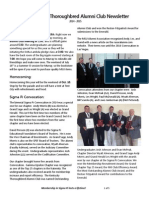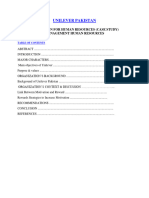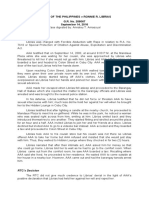0% found this document useful (0 votes)
331 views11 pagesOld City's Blocks of Ancient City in Built
Mandalay, Myanmar was established in 1857 as the last royal capital of the Myanmar Kingdom. The city was carefully planned with the royal palace at the center within fortified walls. The city was divided into 144 blocks that housed the royal family, nobility, and common people. Over time, many of the original blocks have changed with new development and people from different backgrounds living in the blocks. The paper discusses studying and preserving the culture and traditional layout of these old city blocks in Mandalay.
Uploaded by
reza32393Copyright
© © All Rights Reserved
We take content rights seriously. If you suspect this is your content, claim it here.
Available Formats
Download as PDF, TXT or read online on Scribd
0% found this document useful (0 votes)
331 views11 pagesOld City's Blocks of Ancient City in Built
Mandalay, Myanmar was established in 1857 as the last royal capital of the Myanmar Kingdom. The city was carefully planned with the royal palace at the center within fortified walls. The city was divided into 144 blocks that housed the royal family, nobility, and common people. Over time, many of the original blocks have changed with new development and people from different backgrounds living in the blocks. The paper discusses studying and preserving the culture and traditional layout of these old city blocks in Mandalay.
Uploaded by
reza32393Copyright
© © All Rights Reserved
We take content rights seriously. If you suspect this is your content, claim it here.
Available Formats
Download as PDF, TXT or read online on Scribd
/ 11




